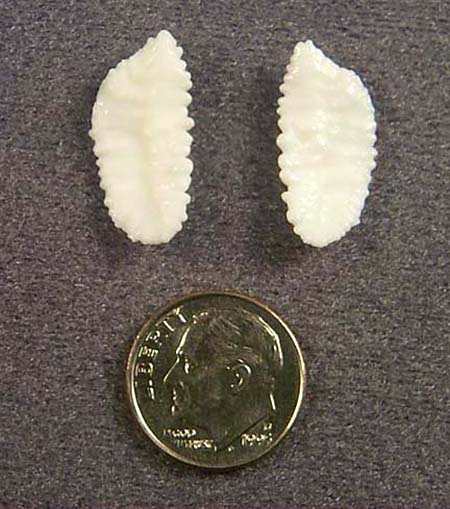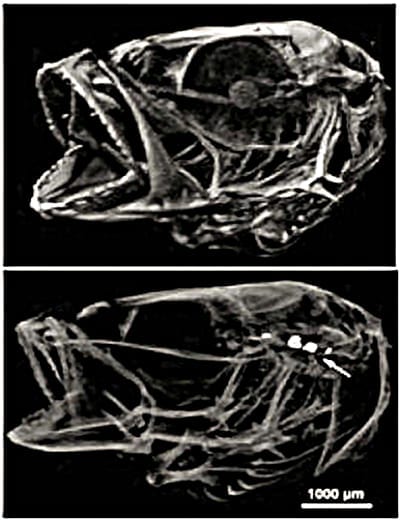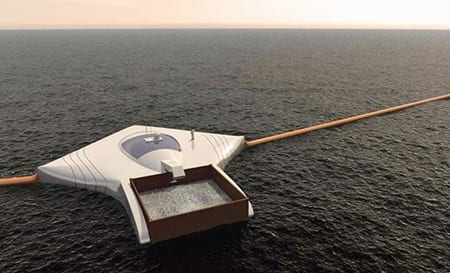1 In less than two weeks our good friend and Associate Producer Ben Kalina will be premiering his new documentary SHORED UP at the Monclair Film Festival. We are all equally proud and eager to watch the final result of over three years of work and dedication.
SHORE UP:
“Our beaches and coastline are a national treasure, a shared resource, a beacon of sanity in a world of constant change…and they’re disappearing in front of us.
Shored Up is a documentary that asks tough questions about our coastal communities and our relationship to the land. What will a rising sea do to our homes, our businesses, and the survival of our communities? Can we afford to pile enough sand on our shores to keep the ocean at bay? In Long Beach Island, New Jersey and the Outer Banks of North Carolina, surfers, politicians, scientists and residents are racing to answer these questions. Beach engineering has been our only approach so far, but is there something else out there to be explored? Our development of the coastlines put us in a tough predicament, and it’s time to start looking for solutions.“
2 UCSB professor Debora Iglesias-Rodríguez and postdoctoral researcher Bethan Jones have discovered a line of marine organisms that in fact increase their calcification in waters with dropping pH levels. In the new study published by PloS ONE and funded by the European Project on Ocean Acidification they found that the unicellular marine coccolithophore Emiliania huxleyi still manages to develop shells when exposed to waters with high CO2 levels.
Interview with professor Iglesias-Rodríguez:
3 A new study by University of Miami Rosenstiel School of Marine and Atmospheric Science researchers focuses on the effects of Ocean Acidification on cobia fish larvae. These large tropical fish are highly mobile as they mature and constitute a popular species among recreational anglers. After exposing the larvae to different levels of CO2 they discovered remarkable resistance consistency in growth, development and activity under probable end-of-the-century pH scenarios. The study also showed a significant change in otolith (“calcium carbonate structures within the fish’s inner ear that are used for hearing and balance”) size, up to a 58% increase in mass.  Photo: Cod Otoliths
Photo: Cod Otoliths
When tested in a mathematical model of otolith function, the result showed an increase in hearing sensitivity and up to a 50% increase in hearing range.
The study is the first to report impacts of ocean acidification on a large, pelagic tropical fish species.
“Increased hearing sensitivity could improve a fish’s ability to use sound for navigation, predator avoidance, and communication. However, it could also increase their sensitivity to common background noises, which may disrupt the detection of more useful auditory information,” says University of Miami researcher Sean Bigmani.

SOURCE
The PNAS publication
4 There will be two Ocean Acidification meetings in Scotland this summer: The Third Annual Science Meeting of the UK Ocean Acidification Research Programme on 22-24 July, 2013, and the Second International Workshop of the Global Ocean Acidification Observing Network on 24-26 July, 2013, both at the University of St Andrews, North Haugh.
MORE INFO
and REGISTRATION FORM
5 The University of California in Irvine is to host a conference on “Ocean Acidification: Science, Law and Governance” on May 3rd, 2013.
“The program will focus on issues surrounding ocean acidification and its major impact on the West Coast of the United States. The emphasis will be on options for preserving the precious aquatic habitat and the threatened shellfish industry. The problem is global, but the threats are compelling and urgent in the states of Washington, Oregon, and California.“
The event is free, but requires RSVP. People interested in this event can fill out the form HERE
MORE INFO
6 The Ocean Cleanup Array is an innovative prototype designed to palliate one of the oceans’ saddest problems: plastic pollution of the world’s waters.  This design by aerospace engineering student Boyant Slat looks like a giant vacuum cleaner equipped with floating arms to direct plastic trash along the water surface to a central filtrating structure. The Ocean Cleanup Array project claims to be capable of collecting seven million tons of plastic a year with the use of solar and tidal power to run this vessel nonstop around the 5 ocean plastic gyres.
This design by aerospace engineering student Boyant Slat looks like a giant vacuum cleaner equipped with floating arms to direct plastic trash along the water surface to a central filtrating structure. The Ocean Cleanup Array project claims to be capable of collecting seven million tons of plastic a year with the use of solar and tidal power to run this vessel nonstop around the 5 ocean plastic gyres.
This is Boyan Slat’s TED Talk on the issue:
7 The segment on Ocean Acidification in “Revolution”, a new documentary about human beings and the planet can now be watched on Youtube:


